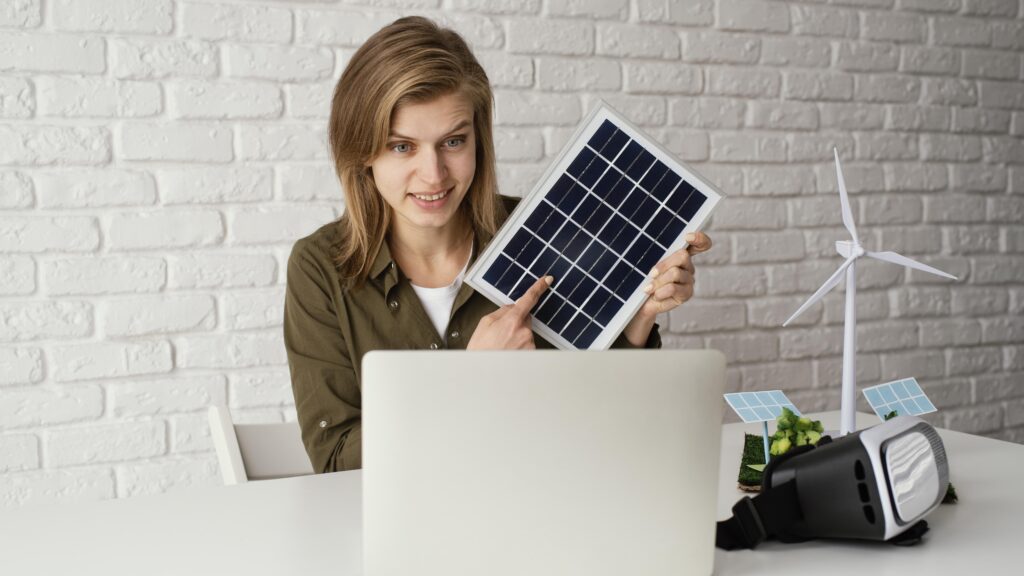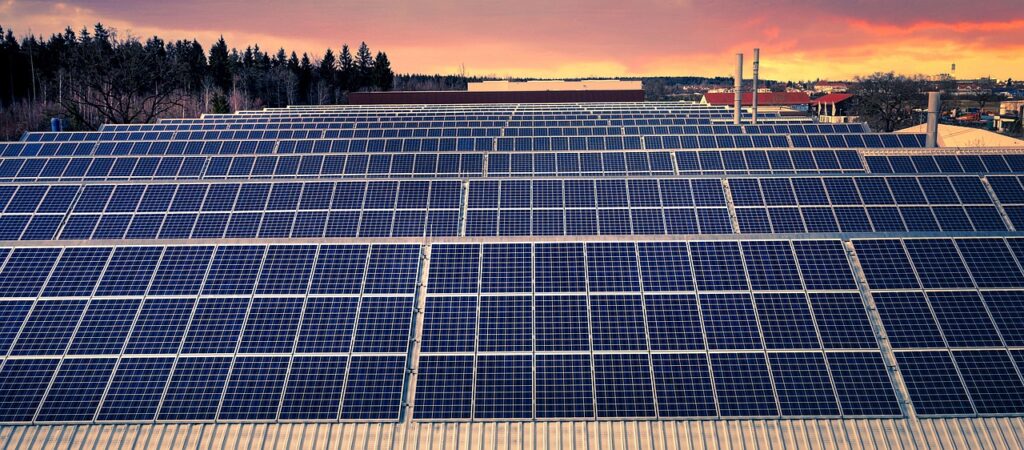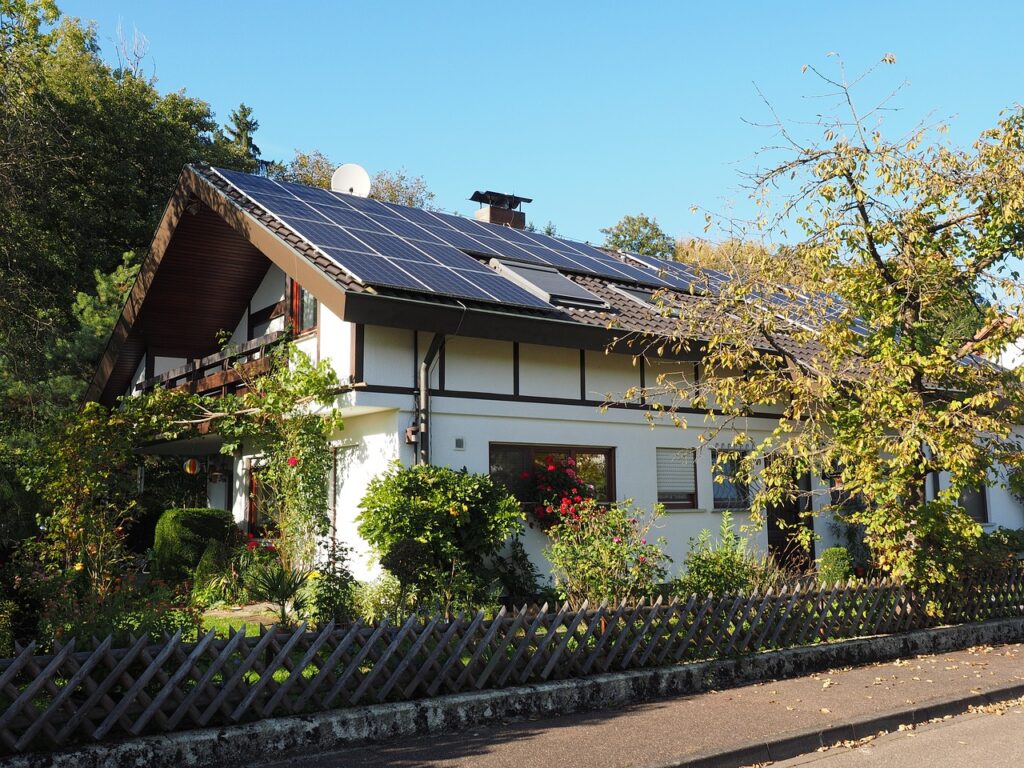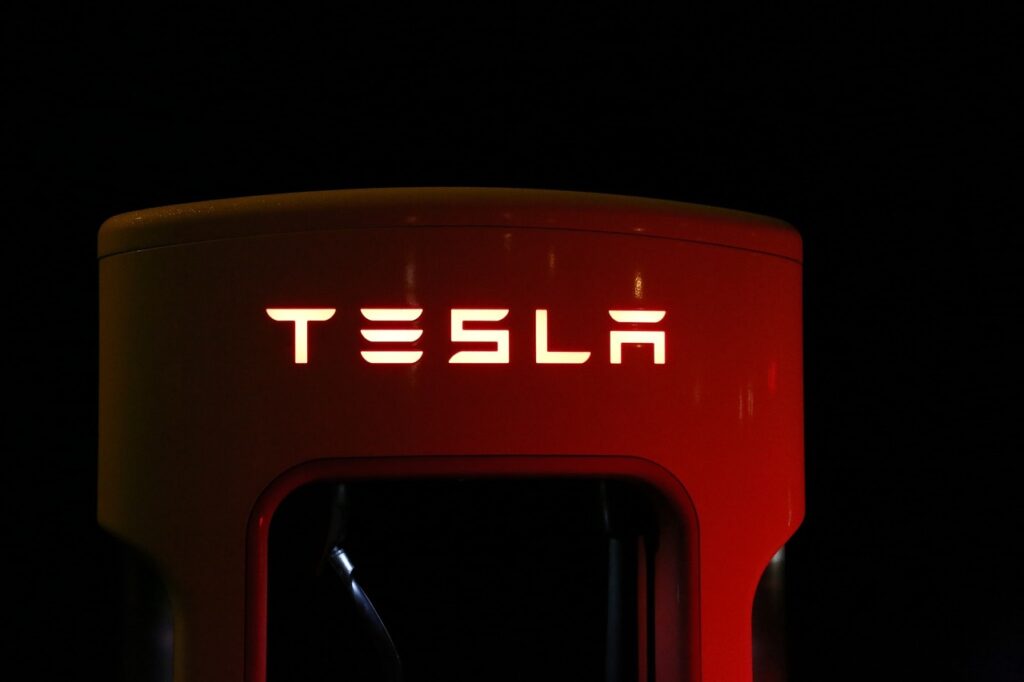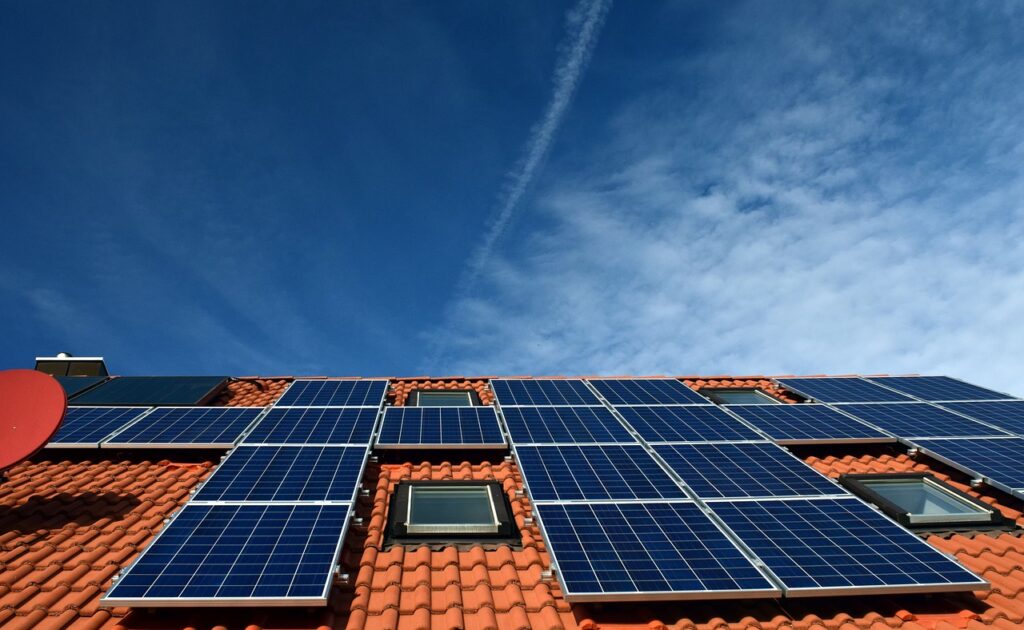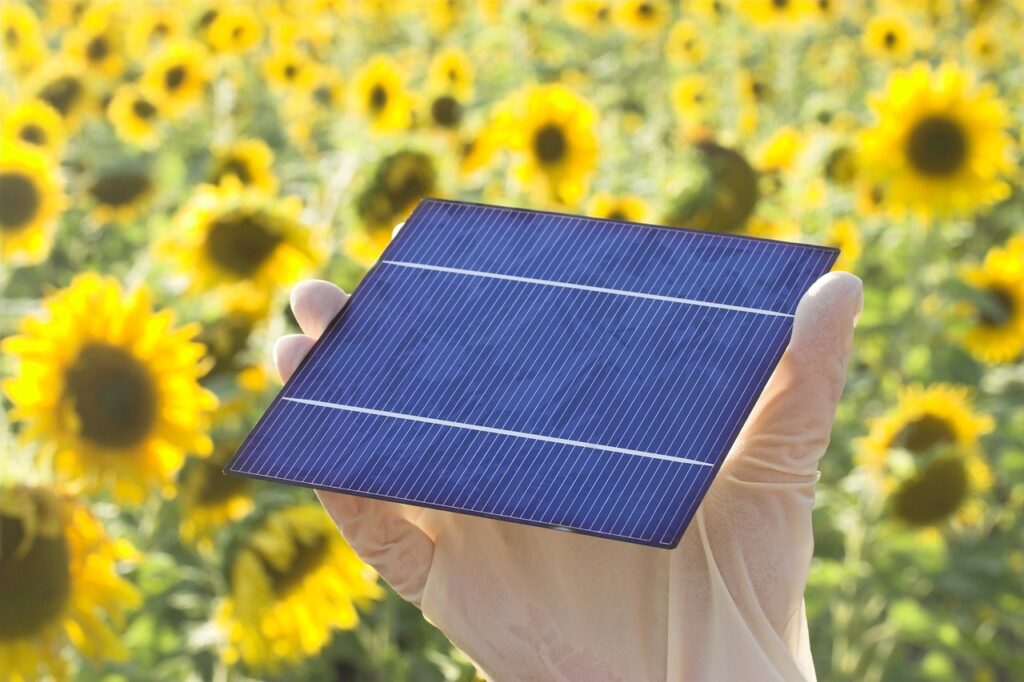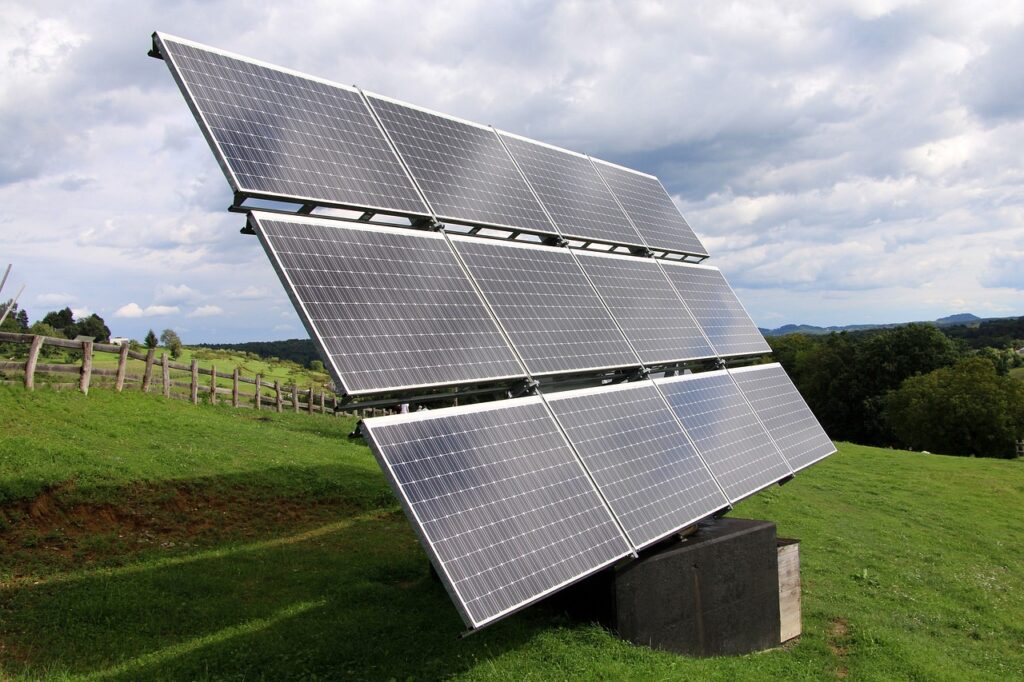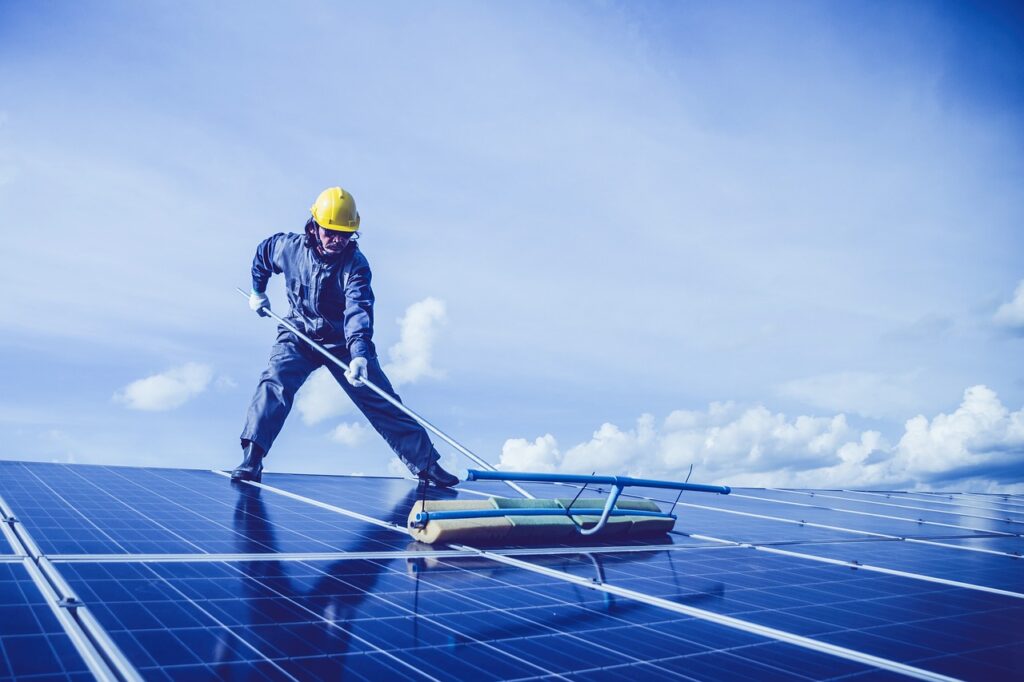How Much Does a 6.6kW Solar System Cost in Australia?
Top 10 Solar Inverters in Australia for 2025
With the growing concerns about rising electricity prices, Australians are increasingly turning to solar energy to reduce their electricity bills. But one question often stands out: How much does a 6.6kW solar system cost in Australia? This is a crucial factor for homeowners who are considering the switch to solar energy. The cost of a 6.6kW solar system can vary depending on several factors, including the location, type of panels, and the installer. In this comprehensive guide, we will walk you through everything you need to know about the 6.6kW solar system cost in Australia, including pricing, factors that influence the cost, the return on investment, and the best deals available in the market.
By the end of this article, you’ll have a clear understanding of how much a 6.6kW solar system costs in Australia and how it can benefit your home. Let’s dive right in! If you’re still unsure about the value of solar, check out Is Solar Worth It?.
Why Choose a 6.6kW Solar System?
A 6.6kW solar system is perfect for medium-to-large homes, but for smaller energy requirements, you might consider a 5kW solar system or even a 3kW solar system. With its compatibility for solar battery integration, such as the Tesla Powerwall, this system ensures a steady supply of power, day or night. For homeowners in Perth, the 6.6kW solar system Perth solution is particularly popular.
Popular Choice Among Australians
As the demand for solar energy grows, many Australian homeowners are upgrading from older systems like the 5kW model to the more powerful 6.6kW solar system. This system provides a perfect balance between cost and performance, making it a popular choice across the country. The cost of a 6.6kW solar system is often seen as a worthwhile investment for medium-to-large homes, providing reliable energy savings year after year.
Ideal for Medium to Large Homes
The 6.6kW solar system is ideal for families with average to high energy consumption. This size is perfect for homes that require more power, such as those with several inhabitants or energy-intensive appliances like air conditioners, dishwashers, and electric car chargers. With the 6.6kW solar system, you can produce more power throughout the day, reducing your reliance on grid electricity.
Future-Proofing for Battery Storage
A major reason to consider a 6.6kW solar system is its compatibility with solar battery storage solutions. If you plan to install a solar battery like the Tesla Powerwall in the future, this system is the best choice. It can generate enough excess energy during the day to charge your battery, allowing you to store energy for use at night or during cloudy days.
How Much Does a 6.6kW Solar System Cost in Australia?
The average cost of a 6.6kW solar system ranges between $5,500 and $9,000, depending on location, installer, and panel quality. In comparison, larger systems like the 13.3kW solar system may be more suitable for homes with significantly higher energy demands.
Average Price Range:
- Typically, the cost of a 6.6kW solar system ranges from $5,500 to $9,000.
- This range includes installation costs, but the total price can fluctuate based on the quality of the panels, the type of inverter, and the complexity of the installation.
City-Specific Pricing:
The cost of installing a 6.6kW solar system varies by city in Australia. Here’s a rough estimate:
- Sydney: ~$6,365
- Melbourne: ~$6,538
- Brisbane: ~$6,378
- Perth: ~$6,305
- Adelaide: ~$6,497
Breakdown of Costs:
- 6.6kW solar panel installation price: This can range from $2,000 to $3,000 depending on the complexity of the installation and additional services.
- Inverter Costs: A good inverter typically costs between $1,000 and $2,500.
- Labor Costs: Labor fees usually range between $1,000 to $1,500, depending on the installer’s rates.
- Other Fees: Additional costs might include permits, system design, and meter upgrades.
Factors Affecting the Cost of 6.6kW Solar Systems
Several factors affect the overall cost of a 6.6kW solar system in Australia. It’s important to understand these factors so you can make an informed decision:
- Panel Quality and Brand: The quality of the panels you choose has a significant impact on the 6.6kW solar system pricing in Australia. Premium panels such as Trina, Jinko, and Risen tend to be more expensive but offer higher efficiency, durability, and warranties. On the other hand, cheaper panels might reduce the initial cost of the system but could impact performance in the long run.
- Installer Reputation and Warranty: Choosing a CEC-accredited installer is crucial for ensuring that your 6.6kW solar system is installed properly and efficiently. The reputation of your installer can also affect the cost of installation. Moreover, a reliable installer will provide a warranty on both the system and the installation, ensuring long-term reliability.
- Government Rebates and Feed-in Tariffs: The Australian government offers various rebates and incentives for homeowners who install solar systems. These can significantly reduce the solar system cost in Australia. The Small-scale Renewable Energy Scheme (SRES) provides subsidies, while feed-in tariffs allow you to earn money for excess electricity fed back into the grid.
- Inverter Oversizing: Pairing a 6.6kW solar system with an oversized inverter (e.g., a 5kW inverter) may increase the upfront cost but improves the system’s overall efficiency, particularly during periods of peak sunlight.
What is the Return on Investment (ROI) for a 6.6kW Solar System?
The 6.6kW solar system is a fantastic long-term investment. Here’s what you can expect in terms of ROI:
Average Payback Period
On average, the payback period for a 6.6kW solar system is around 5-6 years. The payback period depends on factors such as location, energy usage, and the cost of electricity. In more sunny areas, your system will generate more power, allowing you to pay off the system faster.
Annual Savings
With a 6.6kW solar system, you can expect annual savings between $1,100 to $1,800 on your energy bills. Over 25 years, these savings can add up to over $40,000 in total lifetime savings.
Maximizing ROI
To maximize your ROI, it’s essential to:
- Use energy-intensive appliances during the day when your system is generating the most power.
- Keep your system well-maintained and replace any components that are showing signs of wear to ensure optimal performance.
Best 6.6kW Solar Deals in Australia
Looking for the best 6.6kW solar deals in Australia? Here’s how you can find them:
- Affordable 6.6kW Solar Systems: While the cost of a 6.6kW solar system can be significant, it’s important to shop around for deals that offer quality panels and installation at a competitive price. Look for deals that include warranties, rebates, and additional incentives.
- Comparison of Providers: Several providers offer excellent deals on 6.6kW solar systems. Compare the prices, warranties, and customer reviews to find the best deal. Esteem Energy, for example, is known for its high-quality solar products and services.
- Avoiding Cheap, Low-Quality Systems: While low-cost systems may seem appealing, they often come with hidden costs, such as lower efficiency, poor performance, and reduced lifespan. Choosing a reputable provider with high-quality panels and reliable installation is always the best choice for long-term savings.
Is a 6.6kW Solar System Right for You?
The 6.6kW solar system is suitable for most Australian homes, but it’s important to assess your energy needs before making a decision.
- Energy Usage Analysis: If your home uses a significant amount of energy, a 6.6kW solar system will likely meet your needs. This system is ideal for medium to large homes with 3-5 occupants and multiple appliances that require a lot of electricity.
- Roof Space Requirements: A 6.6kW solar system requires about 25-38m² of roof space, depending on the wattage of your panels. If you have limited roof space, consider a more efficient panel or a smaller system.
- Battery Integration: For those considering battery storage, the 6.6kW solar system is a great choice. This system can easily integrate with batteries such as the Tesla Powerwall, allowing you to store excess energy for later use.
How to Choose the Right Installer for Your 6.6kW Solar System
Choosing the right installer for your 6.6kW solar system is crucial for ensuring the efficiency and longevity of your system.
- Look for CEC-Accredited Installers: Make sure your installer is CEC-accredited. This certification ensures that the installation meets Australian standards and that you are entitled to government rebates.
- Warranties and After-Sales Support: Always check the warranties provided by the installer. A long-term warranty ensures that you are protected against any potential issues with your system. Esteem Energy, for example, offers a 25-year warranty on its panels.
- Customer Reviews and Reputation: Before hiring an installer, research their customer reviews and reputation. Reliable, trustworthy installers will have positive feedback and a strong track record of successful installations.
Conclusion
In conclusion, installing a 6.6kW solar system in Australia is an excellent investment for homeowners looking to reduce electricity bills and increase energy independence. With a wide range of options, from the 8kW solar system to the residential solar panel system, there’s a solution tailored to every household.
Esteem Energy offers premium 6.6kW solar panel installation with top-quality products and unbeatable prices. Get in touch with Esteem Energy today to find the best 6.6kW solar deals in Australia!
Frequently Asked Questions
The cost of a 6.6kW solar system in Australia ranges from $5,500 to $9,000 depending on various factors like panel quality, location, and installation fees.
Factors such as panel brand, inverter type, installer reputation, and government rebates all influence the 6.6kW solar system pricing in Australia.
A 6.6kW solar system can save you between $1,100 and $1,800 annually on your electricity bills.
The average payback period for a 6.6kW solar system is about 5-6 years.
Yes, a 6.6kW solar system is ideal for adding a solar battery, such as the Tesla Powerwall, to store excess energy.
A 6.6kW solar system generates more electricity than a 5kW system, making it better suited for larger homes with higher energy consumption.
Yes, the Australian government offers rebates through the Small-scale Renewable Energy Scheme (SRES), which can significantly reduce the 6.6kW solar system cost.
Compare different solar providers, their warranties, and customer reviews to find the best 6.6kW solar deals. Always prioritize quality and reliable installation over the cheapest price.
Solar Panel System Sizes
6.6 KW Solar System | 10.5 KW Solar System | 13.3 KW Solar System | 19.5 KW Solar System | 10kw Solar System | 5kw Solar System | 6kw Solar System | Solar Panels for Home | 8kw Solar System | 3kw Solar System | 13kw Solar System | 2kw Solar System
Solar Products
Residential Solar System | Solar Panel Installation | Solar Panel Battery
Related Blogs
Solar Panel Cleaning | Best Solar Panels | What is Solar Energy | Solar Panel Maintenance | Average Electricity Bill for 2-Person Household | How Much Does Electricity Cost | Types of Solar Panels | How Much Solar Do I Need
Harry is a passionate writer specializing in renewable energy and sustainability. With a deep understanding of solar installation, maintenance, custom system design, and advanced battery storage, he brings technical expertise to his writing, making complex energy concepts accessible to businesses and homeowners alike.
Having covered numerous residential and commercial solar projects, Harry educates and empowers his readers to optimize energy efficiency and transition to clean energy solutions. As a key voice in the industry and a leader at Esteem Energy, he is committed to delivering insightful content that promotes innovation, cost-effective solutions, and a greener future.
